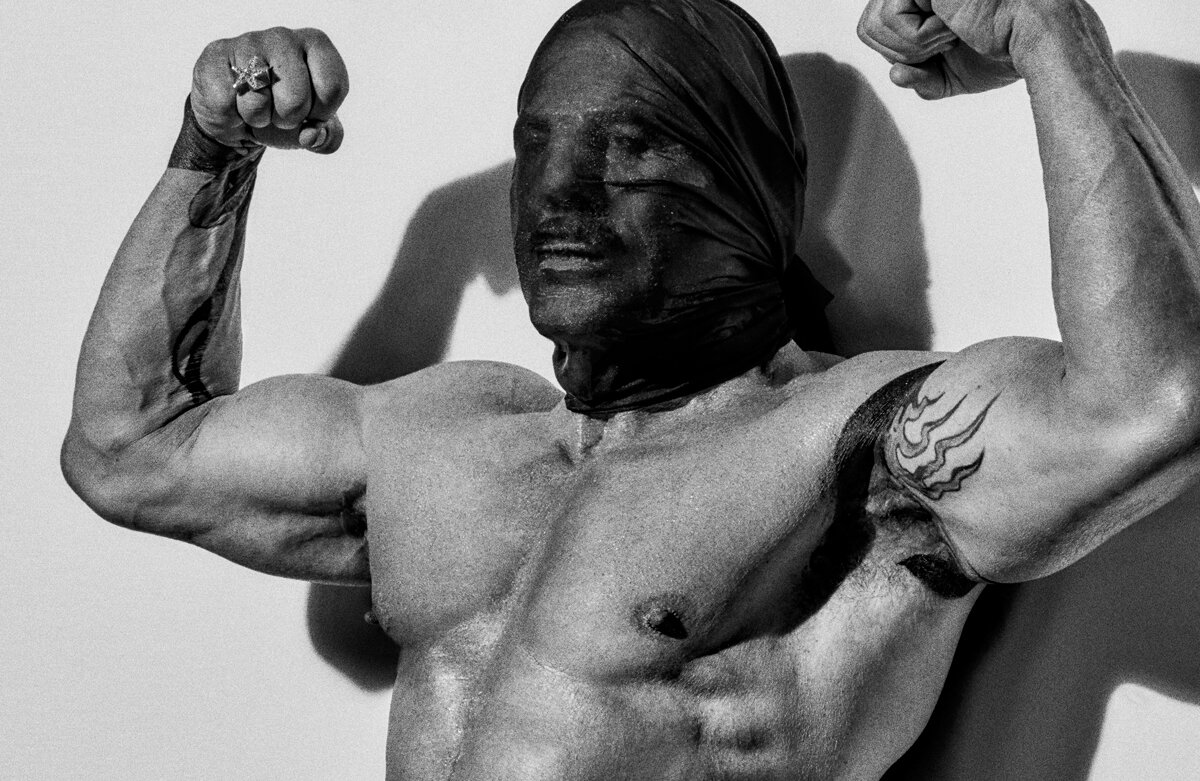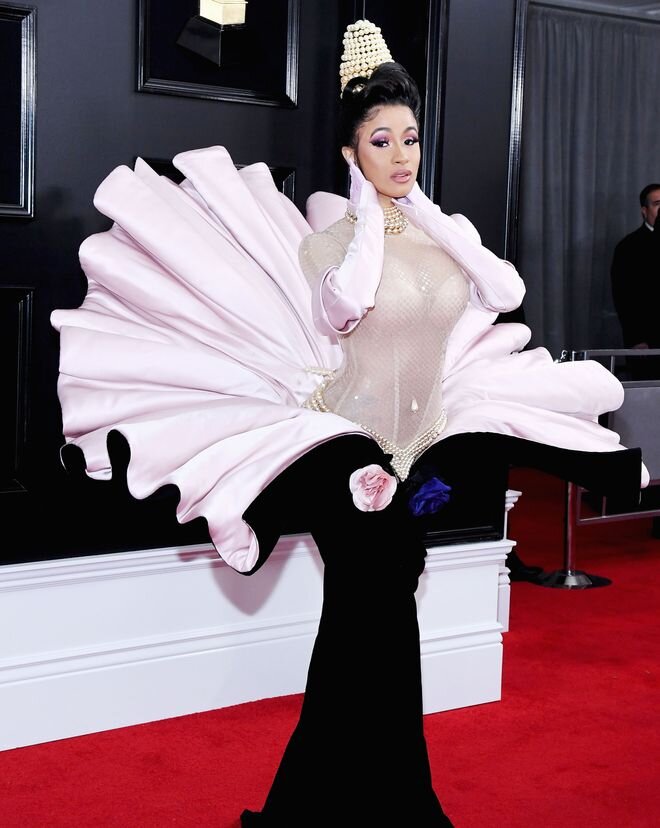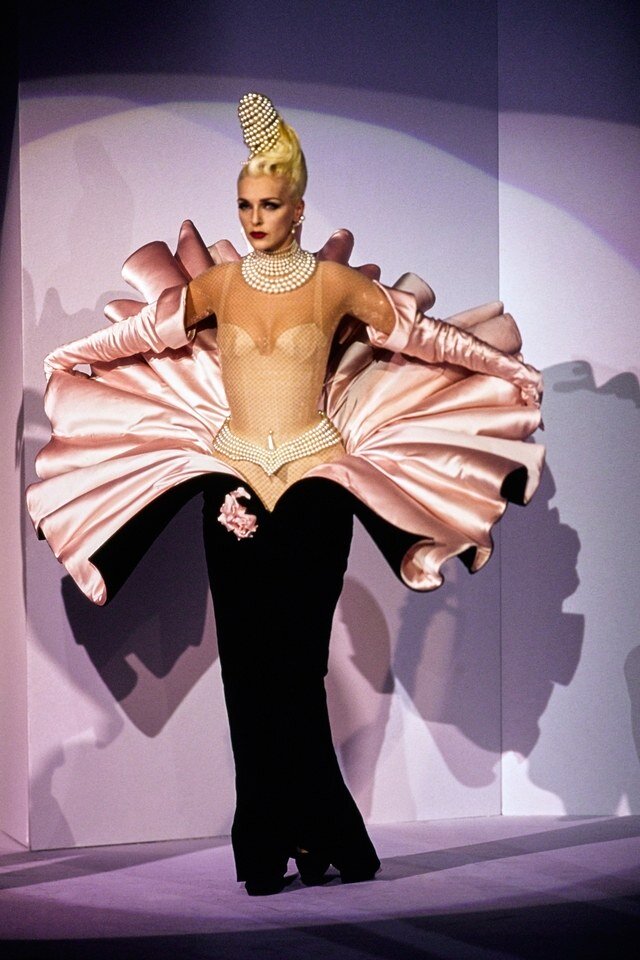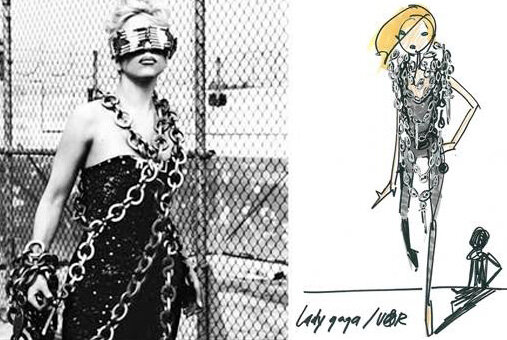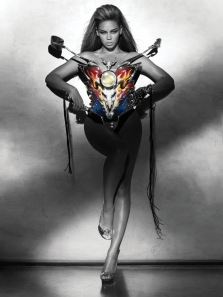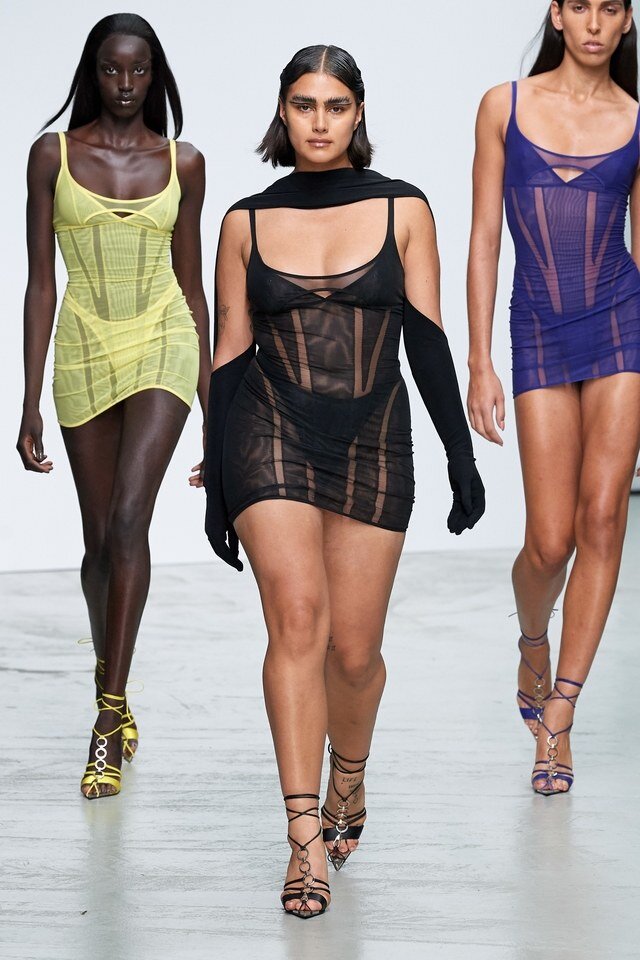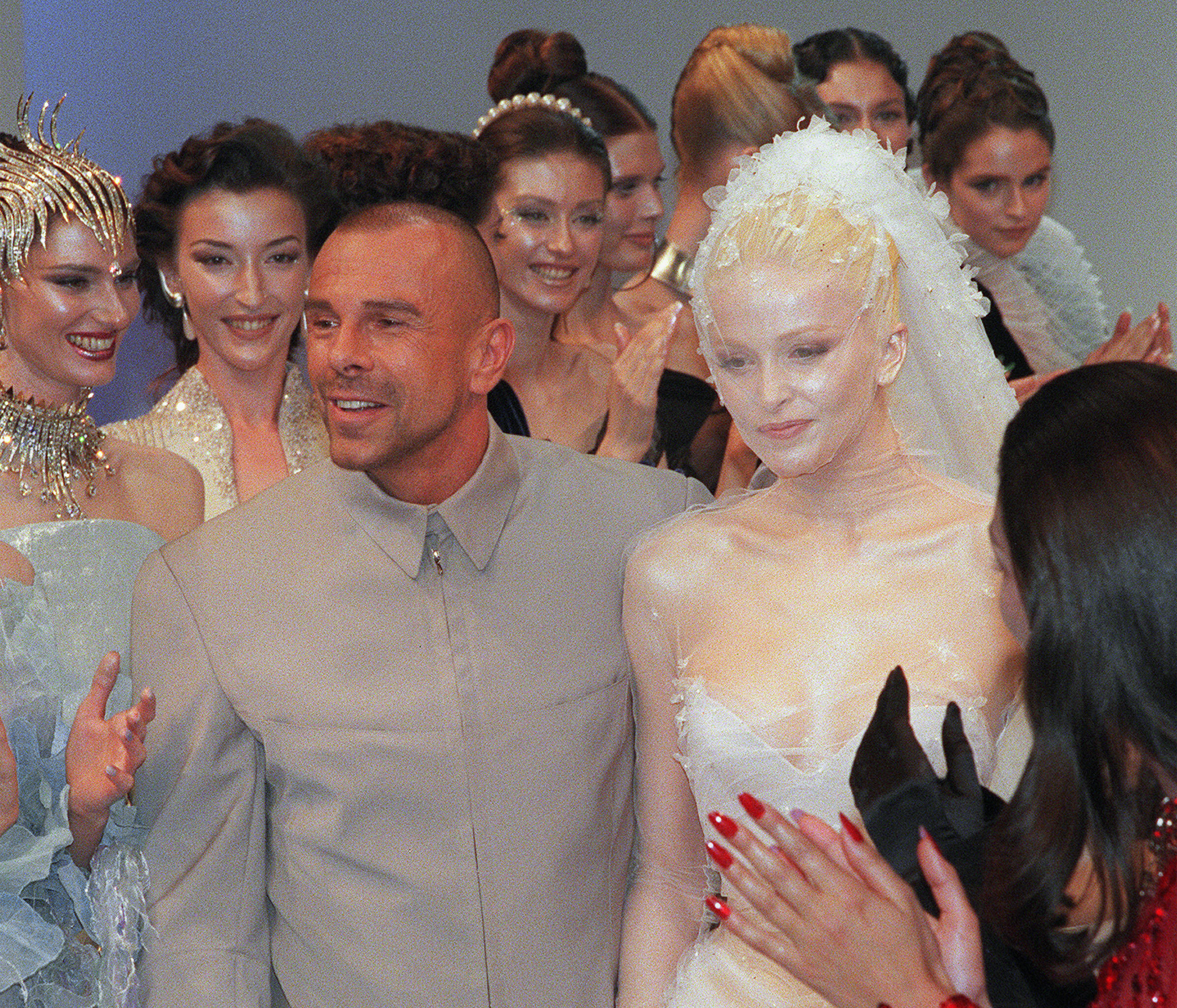The House of Thierry Mugler
“Mugler’s designs became works of art, sculptures to be donned by divas, goddesses, and prima donnas who could transform into exotic creatures, erotic enigmas, and fantastical archetypes.”
-Miss Rosen for DAZED Magazine
Thierry Manfred Mugler was born on December 21, 1948, in Strasbourg, France, and is a Sagittarius. During his younger years, he focused more on art and drawing than school. He started studying classical dance, and by the age of fourteen, Mugler was a professional ballet dancer. This opened his eyes to show-business and sparked his love for performance art. Before establishing his own brand, Mugler moved to Paris at the age of 24 and worked as a freelance designer.
In 1976, Mugler established his own, eponymous label for women. A couple of years later, he included menswear into his repertoire. During his peak in the ‘80s and ‘90s, he changed the world of fashion with his designs and highly theatrical shows. The most notable elements of the brand were padded hips and shoulders, teeny tiny waists achieved with diligent corsetry, crazy shows showcasing bodybuilders, gymnasts, and GoGo dancers. Mugler did not only design clothes, he invented an entire parallel universe the spectators wanted to be part of.
In 1995, Mugler celebrated his “anniversary extravaganza”, which was very well received. A lot of great looks stem from this runway. One specific moment I want to point out is a black and baby pink gown, where the back of the dress is pleated to look like a seashell, surrounding the model. The model wore a thick pearl collier and more pearl accessories. I live for this look because it reminds me of one of my favorite paintings, The Birth of Venus by Botticelli. Though this look isn’t an exact copy of the painting, the seashell-esque look of the dress, all the pearls, and the nude corset exude the same energy as Botticelli's ravishing Venus. Furthermore, Cardi B wore this look at the 2019 Grammys!
Mugler had a complex and interesting mind. He seemed to perceive the world differently and was able to be inspired by just about anything and put his own spin to it. His inspirations were, for example, insects, birds, people of film noir, Moulin Rouge get-ups, and power suits. In 1997, one of Mugler's most memorable runways was fully inspired by insects, creating extravagant and exaggerated silhouettes. The 1997 runway is, in my eyes, one of his most iconic collections. Whenever I rewatch this runway on Youtube, all I can think is “Ugh, his mind”.
“What I do is very visual, it's not only fashion. It's all about making people react and give them [a] great moment and sentiments. Touch them. Move them.”
-Mugler
Mugler looked at women in a different light; for the majority of the 20th century, fashion was about that pretty, conservative Givenchy look, one that Audrey Hepburn was often seen in. Women were supposed to dress elegant and modest in order to be respected. Mugler showed, through his work, that women could be chic yet futuristic and eccentric. “Power can be beautiful”, he said. Mugler wanted to create a way for women to dress elegantly, while remaining playful yet empowering. He wanted to set the standard, that women can dress more revealing or in form-fitting pieces and still be fiercely intelligent and respectable. Mugler didn’t view revealing clothes as “trashy” and he wanted to change this narrative! Wearing lingerie as outerwear is legacy to Mugler. If you’ve perused Instagram lately, you may have noted the latest trend: corsets and corset tops layered on top of crop tops and/or worn with baggy jeans. The designer loved to expose stockings, bras, and overall flaunt these “scandalous” garments as a statement. Mugler loved to dress women in skimpy clothes, see-through gowns, or exaggerated silhouettes, emphasizing the beauty and curves of women’s bodies.
Never relying on his past victories, Mugler kept on reinventing his brand, himself and kept the industry on its toes. The models he cast looked like they were having fun on the runway, adding their own personal attitude to their walk. They literally sold a fantasy to viewers, as a fashion show is intended to do. His shows not only amazed the fashion industry but also the world of entertainment.
In 2003, Thierry Mugler and his label disappeared from the public eye. Fear not! He returned in 2009, completely transformed. He had started working out and became a bodybuilder. Not only did his look change, he also demanded to be addressed as “Manfred” instead of “Thierry.” Mugler created an entirely new persona for himself; it is said, that this was influenced by his own shows. Since his runways were all about emphasizing the body, he wanted to fulfill his own standard. I think he did this in order to better sell the brand he had set up for his casts. In the end, all we can do is speculate as to why he did all this because Mugler was a very private person and preferred to stay out of the spotlight, let his work speak for him instead. Nonetheless, he came back with a bang! He designed the costumes for the Cirque du Soleil performers for “Zumanity” which caught Lady Gaga’s eye. Gaga wore Mugler in her iconic Telephone music video and after that, she rocked his designs on numerous red carpets. Another celebrity, that loved Mugler, was Beyoncé. He designed all her performance outfits for her I Am… Tour, directed three segments of the show including the finale, and provided input on everything from lighting to choreography. During her music video for “Diva”, she wore an iconic corset that was inspired by a motorcycle.
Mugler wanted to create otherworldly garments and often referred to his work as “animalistic.” I believe he wanted to create something otherworldly and beyond human, something that even the gods would look at in awe. Needless to say, Mugler set an incredible, almost unattainable goal for himself, which might be the reason why his looks were so attention-grabbing.
When Mugler disappeared from the runways, his name lived on through his wildly successful perfumes and he even directed the commercials for his scent line. By 1997, Clarins became the majority shareholder of the fashion house, but unfortunately, they couldn't keep the brand afloat for too long. Nowadays, his perfumes are still being sold and his brand has a new, young creative director: Casey Cadwallader. What's interesting about Cadwallader is that he didn’t go to school for fashion, he actually studied architecture! Casey knew he wanted to become a designer, but not necessarily a fashion designer. Regardless, he had an internship at Marc Jacobs, worked for Loewe, Acne Studios, and Narciso Rodriguez. A pretty impressive trajectory. In an interview, he said he wants to create a new culture around Mugler, including all types of women, all ages, sizes, colors and for any moment of the day. His most recent collection, S/S 2020, showed, how promising Cadwallader’s vision is. He cast an array of models of different skin tones and backgrounds, alongside your popular top models, such as Bella Hadid. His garments were structural, almost sculptural, the colors were bright but not tacky, and his looks were more accessible to a younger audience. I must admit, not all the looks from this collection made my heart skip a beat, but I love how he used typical Mugler elements whilst putting his own twist to the collection.
Monsieur Thierry Mugler himself and his brand have an iconic fashion legacy. Mugler's ‘90s catwalks and looks will forever stay in my heart and I’m excited for the new, more modern looks to come.
Sources
https://en.wikipedia.org/wiki/Thierry_Mugler#Early_life_and_education
https://www.chron.com/life/article/Thierry-Mugler-re-creates-Beyonce-as-a-fierce-diva-1741497.php
https://www.richasi.com/Cirque/Zumanity/character.htm
https://inter.mugler.com/article?fdid=mugler-mag-desire&aid=article-magbrand-desire-itw-casey
Images
https://www.interviewmagazine.com/fashion/thierry-mugler-bares-all
https://www.thecut.com/2019/02/2019-grammy-awards-cardi-b-wears-oyster-dress.html
https://www.vogue.com/fashion-shows/fall-1995-couture/mugler/slideshow/collection#99 https://www.numero.com/en/fashion/thierry-mugler-in-9-cult-collections-montreal-museum-of-fine-arts-avant-gardist-fashion#_
https://www.elle.com/fashion/g19422025/best-audrey-hepburn-givenchy-style-moments/?slide=9
https://www.nbcnewyork.com/local/thread-a-brief-history-of-thierry-mugler/2128330/
http://wallpaperswide.com/beyonce_sasha_fierce-wallpapers.html
https://www.richasi.com/Cirque/Zumanity/full/costumes_11.jpg
